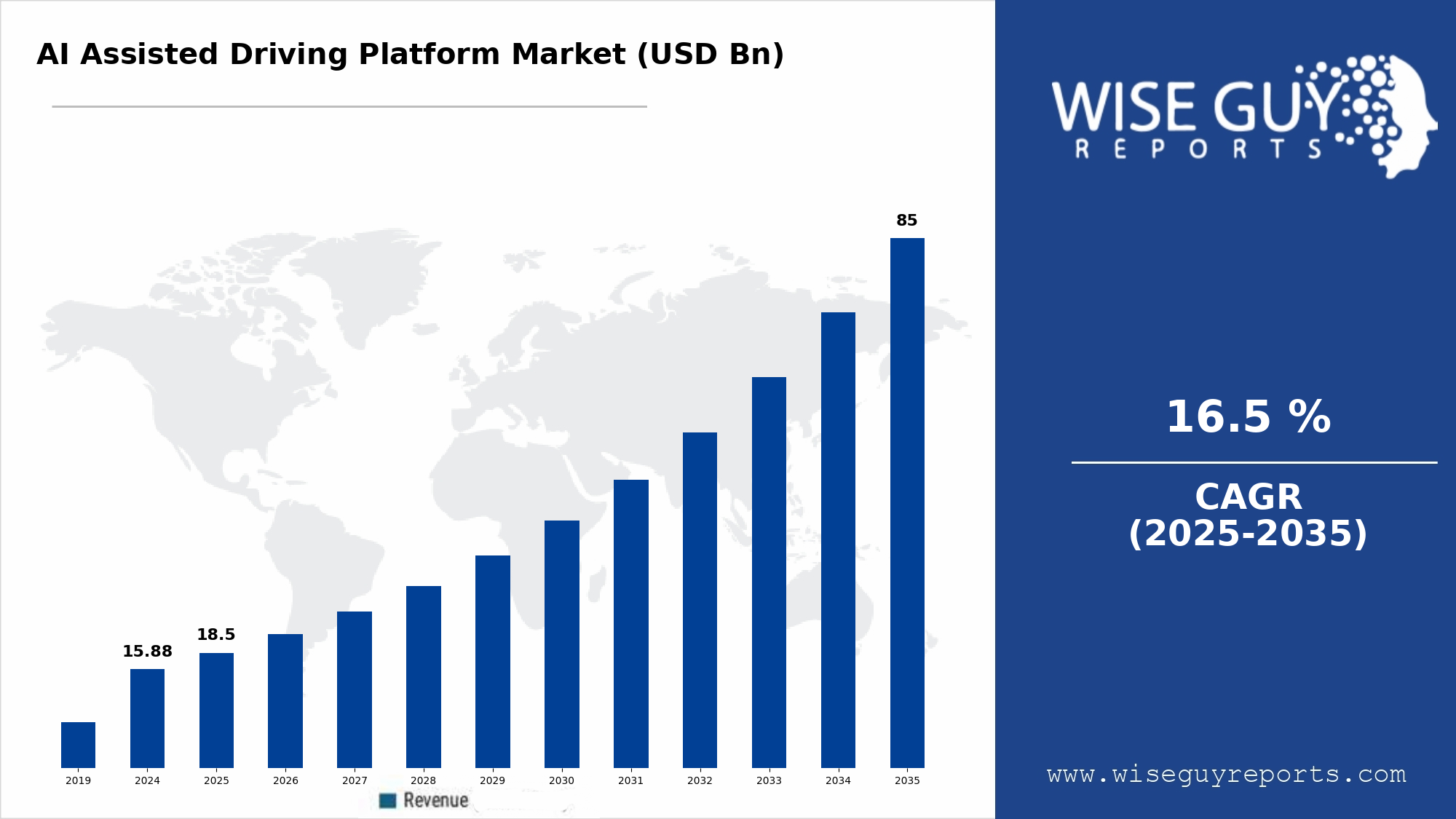The exceptional AI Assisted Driving Platform Market Growth Rate is being fueled by a powerful convergence of consumer demand, regulatory pressure, and rapid technological innovation. Modern consumers are increasingly prioritizing vehicle safety and convenience, viewing advanced driver-assistance systems (ADAS) not as luxury add-ons but as essential features. This demand is met and amplified by government and safety organizations worldwide that are mandating or incentivizing the adoption of technologies like automatic emergency braking and lane departure warnings, creating a baseline demand for AI-powered platforms. Simultaneously, the relentless pace of advancement in artificial intelligence, sensor technology, and high-performance computing is making these systems more capable, reliable, and cost-effective than ever before. This virtuous cycle—where consumer pull is matched by a technology push and regulatory enforcement—is creating a fertile ground for exponential market expansion. The massive financial commitments from both legacy automotive manufacturers and disruptive technology companies further accelerate this growth, as the race to achieve higher levels of autonomy intensifies competition and spurs faster innovation across the entire ecosystem.
A deeper analysis reveals that the market's growth is not monolithic but is driven by distinct yet interconnected segments. The hardware segment, comprising sensors and electronic control units (ECUs), is experiencing robust growth as the number of sensors per vehicle increases to provide the necessary redundancy and 360-degree environmental perception for higher levels of autonomy. However, the software segment is expanding at an even more rapid pace. This includes the core AI driving algorithms, middleware, and the operating systems that manage the vehicle's functions. The industry’s shift towards over-the-air (OTA) updates allows for continuous improvement and the deployment of new features, creating a recurring revenue model that significantly contributes to the overall market growth rate. This software-centric approach means that the value and capability of a vehicle's driving platform can be enhanced throughout its lifecycle, a fundamental departure from traditional automotive models and a key catalyst for sustained market expansion. The increasing processing power of automotive-grade chips is another critical enabler, allowing more complex AI models to run directly in the vehicle for lower latency and improved safety.
Geographically, the market’s growth rate is a global phenomenon, though with distinct regional characteristics. North America and Europe have been early adopters, driven by a strong focus on safety regulations and the presence of key technology developers and premium automakers who are pushing the boundaries of innovation. However, the Asia-Pacific region, particularly China, is emerging as the fastest-growing market. This is due to strong government support for AI and autonomous vehicle development, massive domestic consumer demand for high-tech vehicles, and the rise of numerous domestic technology companies and electric vehicle startups that are embedding advanced AI platforms into their products from the ground up. This regional dynamism adds another powerful engine to the global market’s growth trajectory. As emerging economies begin to adopt stricter safety standards and their consumers gain more disposable income, the demand for AI-assisted driving features will broaden, ensuring a long-term, high-growth outlook for the market well into the next decade.
